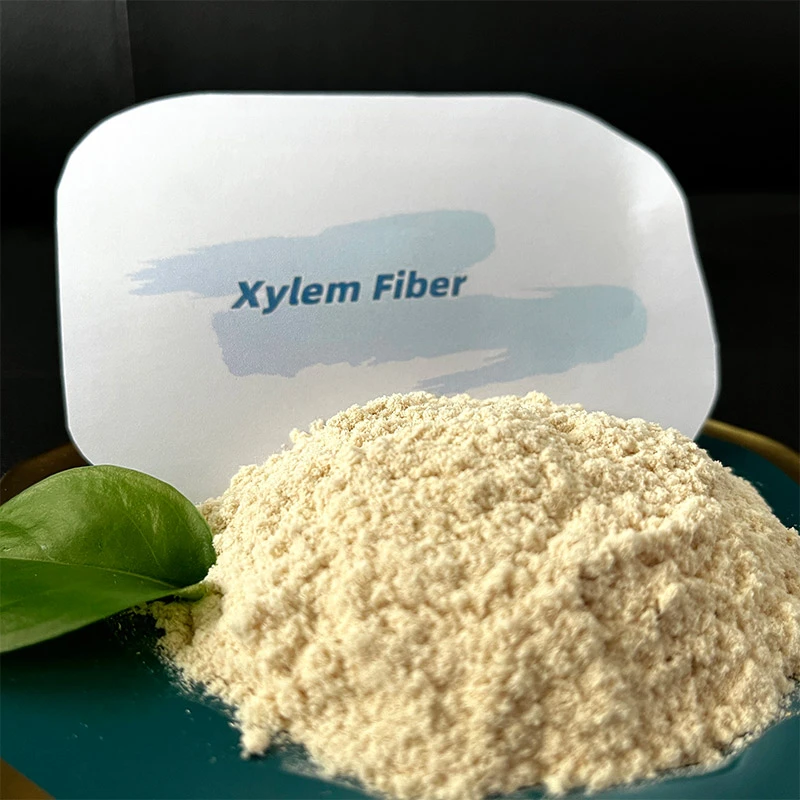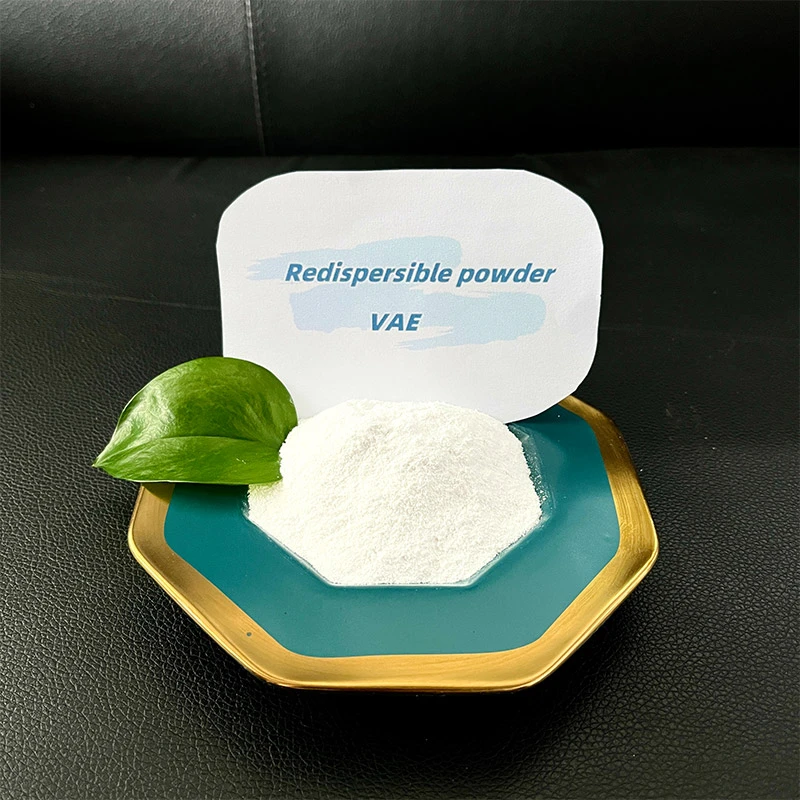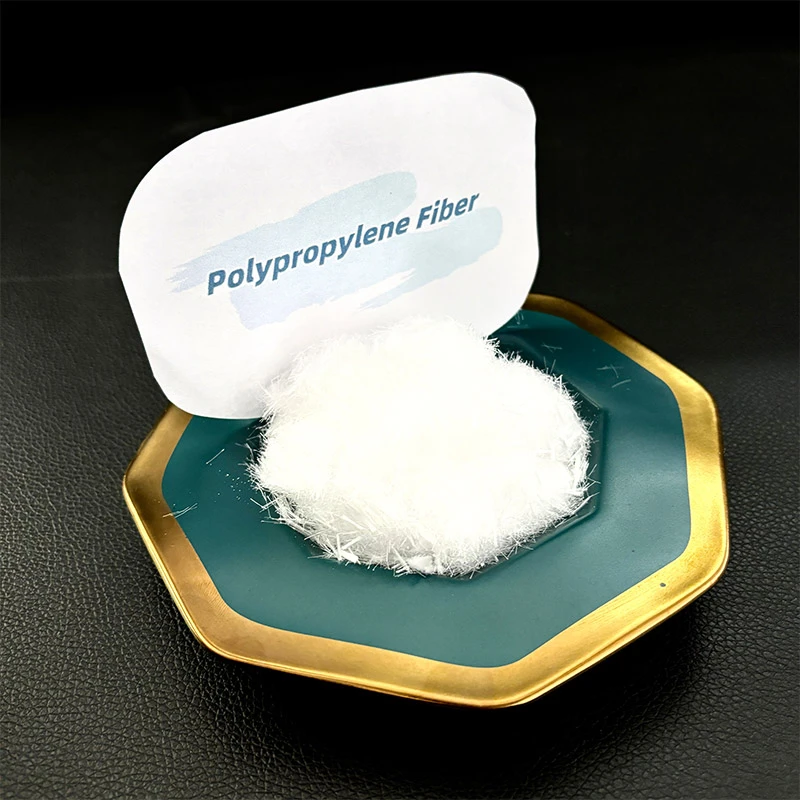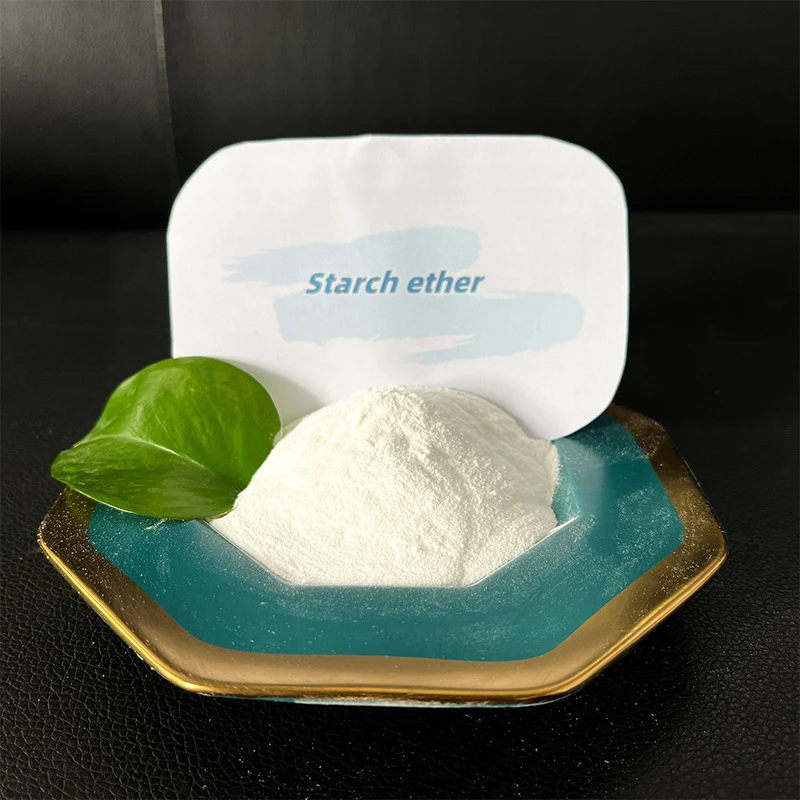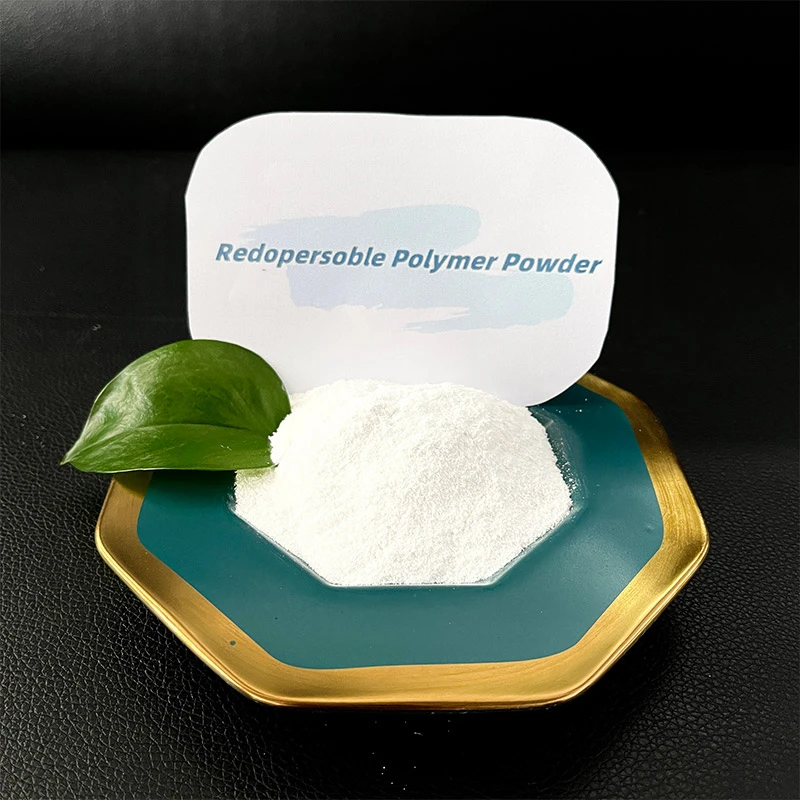
-

Add: HeBei ShengShi HongBang Cellulose Technology CO.,LTD.
-

Email
13180486930@163.com -

CONTACT US
+86 13180486930

Rubber Powder Uses: Versatile Solutions and Best Price Insights
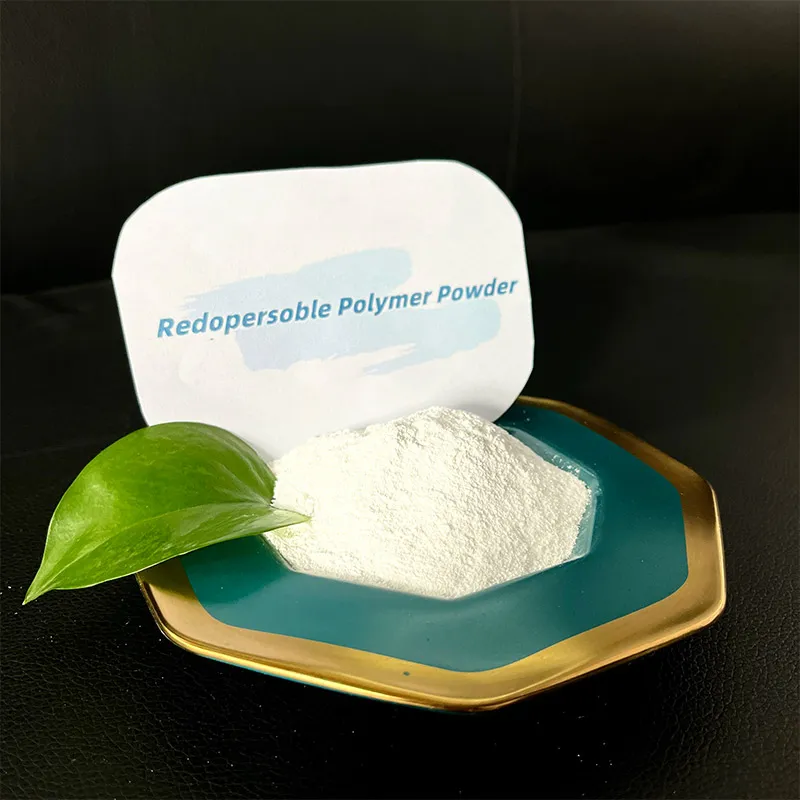
About HeBei ShengShi HongBang Cellulose Technology CO.,LTD.
- Official Website: https://www.sshbhpmc.com
- Phone: +86 13180486930
- Email: 13180486930@163.com
- Mobile: +86 13180486930
- Address: Room 1904, Building B, Wanda Office Building, JiaoYu Road, Xinji City, Hebei Province
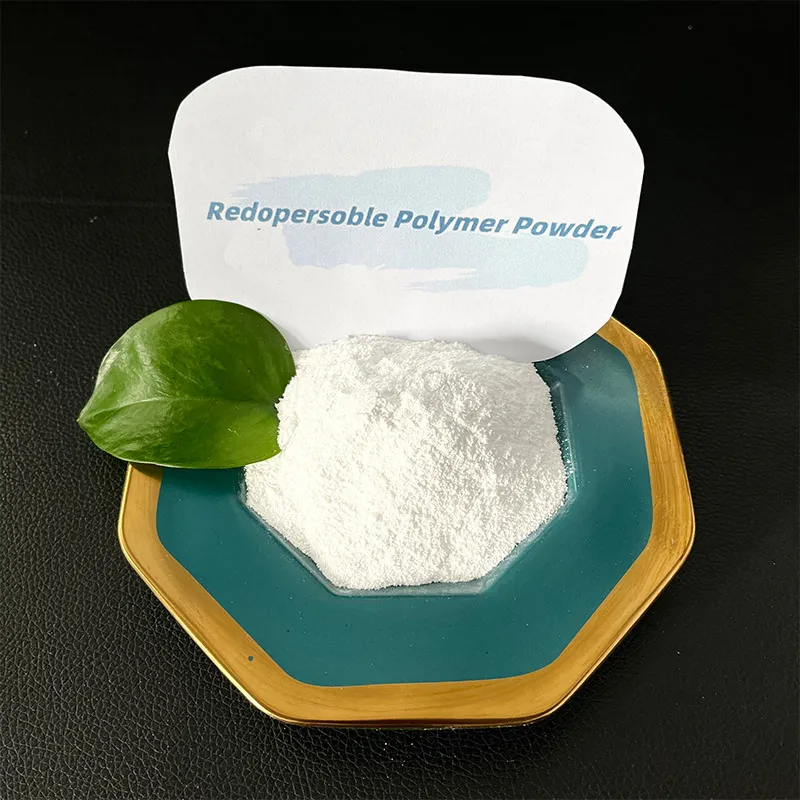
Rubber powder-821
Rubber Powder represents a significant innovation as a highly effective binder for ceramic tiles. Rubber powder uses are substantial in modern tile adhesives, extending also to waterproof coatings, modifying agents in plastic and rubber industries, and anti-tack agents in processing lines.
Explore full product specs and technical data at the product page.
Industry Trends and Wide-ranging Applications of Rubber Powder Uses
In recent years, the rubber powder uses market has seen significant growth in both quality and application domains, driven by the sustainability movement and cost optimization in manufacturing. The global rubber powder price fluctuates between USD $800 and $1,200 per ton, depending on type, specifications, and market demand.
Key applications include:
- Tile Adhesive & Mortars: Enhances adhesion, flexibility, and durability.
- Asphalt & road paving: Improves elasticity and anti-aging characteristics.
- Construction coatings: Provides waterproofing and anti-crack features.
- Plastic & rubber modification: Serves as a reinforcing and anti-tack agent.
- Industrial anti-tack agent: Added as fine rubber powder or rubber anti tack powder to prevent agglomeration during processing.
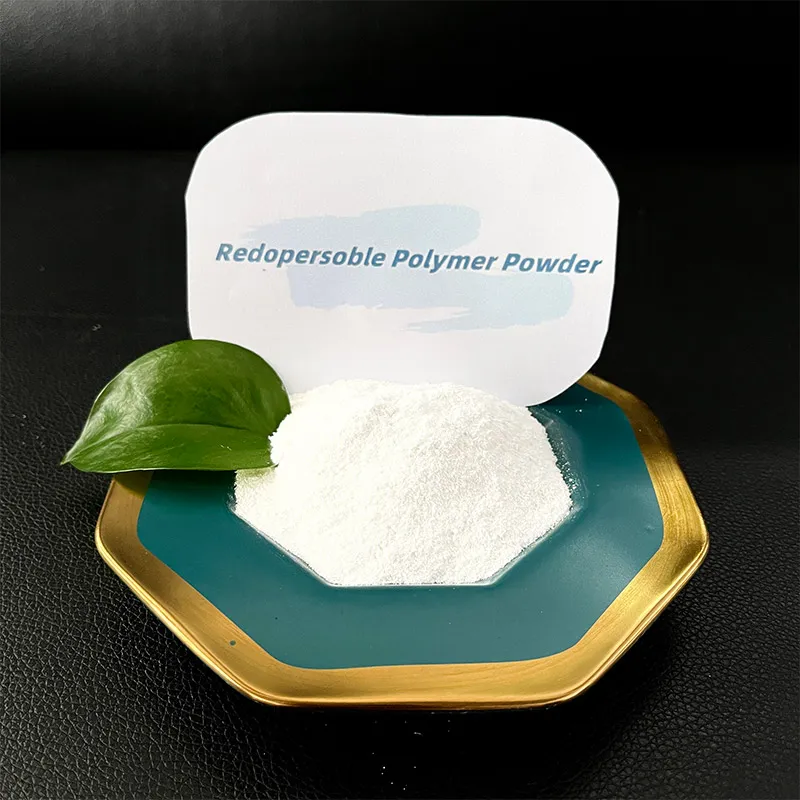
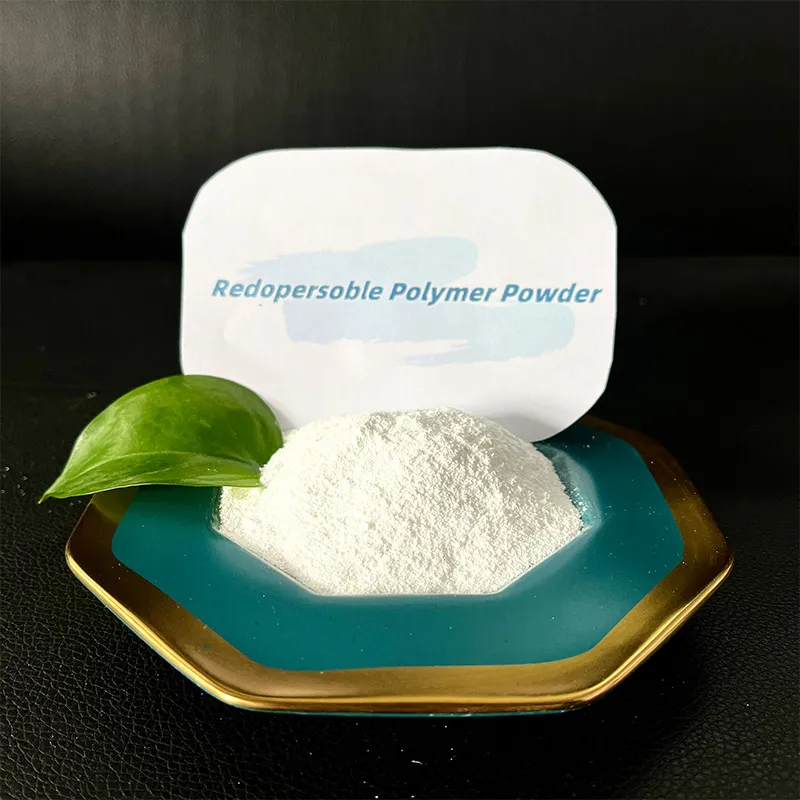


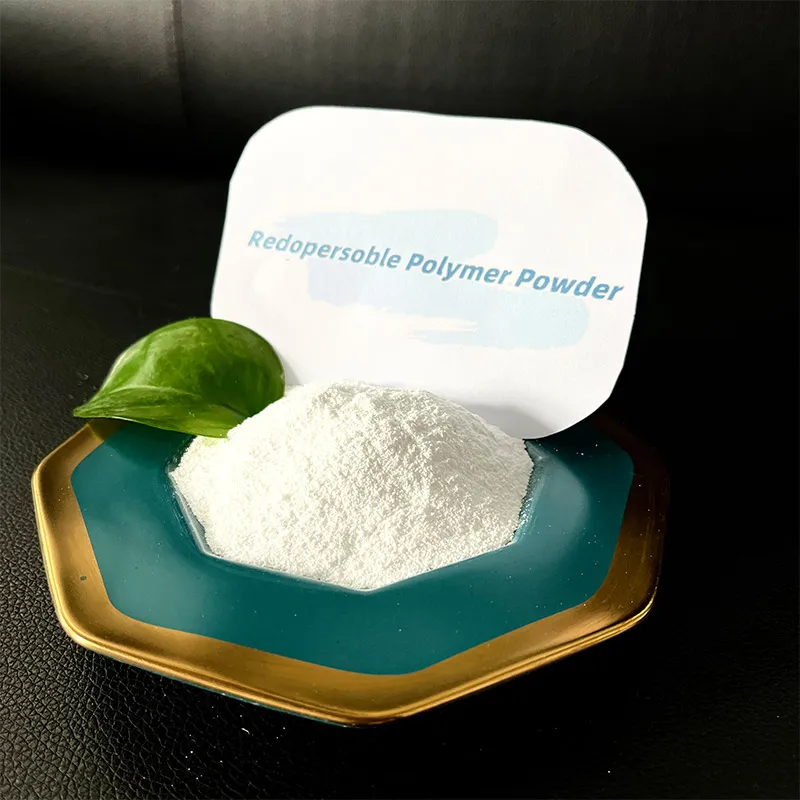
Key Parameters & Rubber Powder Uses Table
| Application | Grade/Type | Particle Size (μm) | Binder Strength (Mpa) | Rubber Powder Price (USD/ton) |
|---|---|---|---|---|
| Tile Adhesive | Rubber powder-821 | 80-150 | 2.6 | 920-1050 |
| Asphalt Modifier | Fine Rubber Powder | 60-120 | 3.1 | 950-1200 |
| Rubber Compounding | Nitrile Rubber Powder | 100-200 | 2.2 | 900-1100 |
| Industrial Anti-tack | Rubber Anti Tack Powder | 80-150 | 1.7 | 820-930 |
| Coatings | Rubber Powder Coating | 80-140 | 2.4 | 870-1180 |
| Additive Filling | Talc Powder for Rubber | 10-50 | n/a | 200-320 |
Rubber powder production line technologies have enabled customizable solutions, reducing environmental waste and boosting efficiency across industries.
Rubber Powder Uses Technical Parameter Trends
EEAT: Professionalism in Rubber Powder Uses
With 15+ years of experience, HeBei ShengShi HongBang Cellulose Technology CO.,LTD. delivers industry-leading rubber powder products and bespoke production line solutions. Our R&D and testing procedures adhere strictly to ISO 9001, and each batch of fine rubber powder, nitrile rubber powder, rubber anti tack powder, and talc powder for rubber meets stringent quality benchmarks (ScienceDirect).
Referenced by top industry forums like Polymer Innovation Blog, our process ensures stable rubber powder price and reliable technical service across the globe.
We provide comprehensive technical specifications, application consulting, and after-sales services for all customers and partners.
- Q1: What are the core material types of rubber powder?
- The primary types are fine rubber powder (from scrap tires), nitrile rubber powder (for oil resistance), and modified rubber powders for specific industries.
- Q2: What is the standard particle size for rubber powder-821?
- Typical ranges are 80-150 μm, optimized for strong binding in tile adhesives and low-residue surface.
- Q3: What technical standards define quality in rubber powder production?
- Standards include ISO 9001 for manufacturing, GOST, ASTM D5603 (for particle fineness), and EN 12014 for adhesives.
- Q4: How does rubber anti tack powder function in processing?
- It prevents sticking and agglomeration of rubber sheets or particles during industrial processes, ensuring smooth downstream processing.
- Q5: What is the technological advantage of a modern rubber powder production line?
- Automated lines utilize cryogenic grinding and advanced sieving, producing uniformly fine rubber powder for a wide range of rubber powder uses.
- Q6: How does talc powder for rubber differ from standard fillers?
- Talc acts both as a filler and an anti-tack agent, enhancing workability and surface smoothness, compared to mineral or silica-only fillers.
- Q7: Are there recommended mixing ratios for tile adhesive applications?
- Yes, optimal formulas incorporate 2.5–5% rubber powder uses relative to binder/cement content for strong adhesion and crack resistance.
[1] Applications of Recycled Rubber Powder, Polymer Innovation Blog, polymerinnovationblog.com/applications-of-recycled-rubber-powder
[2] ScienceDirect - Rubber Powder, sciencedirect.com/topics/engineering/rubber-powder
[3] G. Smith et al, “Mechanical and Chemical Properties of Rubber Powders Used in Construction,” Journal of Materials Science, 2024.
[4] More information, technical guides, and price support at HeBei ShengShi HongBang Cellulose Technology CO.,LTD.
-
Ethyl Cellulose Powder as a Pharmaceutical BinderNewsJul.10,2025
-
Blending Fibre Natural and Synthetic for PerformanceNewsJul.10,2025
-
Starch Ether For Construction: The Advanced Mortar Additive RevolutionNewsJul.10,2025
-
MHEC Cellulose in Cement-Based Renders and PlastersNewsJul.10,2025
-
Micronized Rubber Powder Dispersion TechniquesNewsJul.10,2025
-
Impact of Cream of Tartar Plaster Retarder on Final StrengthNewsJul.10,2025
-
Rubber Powder Durability in ConstructionNewsJun.26,2025







